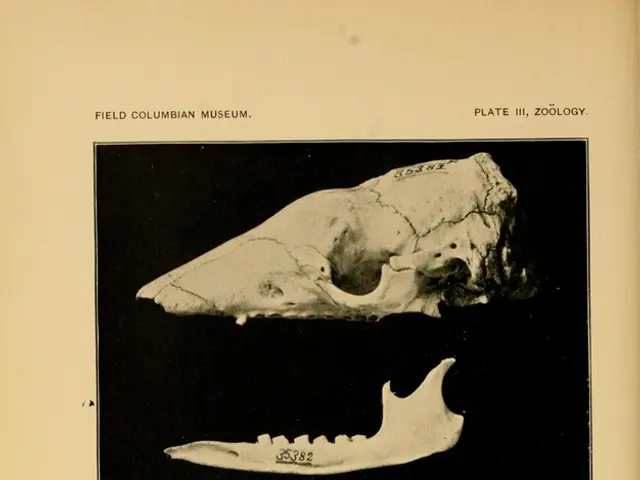Results of an Abnormal Pap Smear Examination: Potential Implications and Follow-Up Procedures
A Deep Dive into Colposcopy: What to Expect
If your Pap smear reveals an abnormal result, don't fret! Your doctor will likely want to perform a detailed examination, commonly known as a colposcopy, to ensure there's no cause for concern. Here's a lowdown on this straight-forward procedure:
Prior to the Colposcopy
Upon arrival, your healthcare provider will brief you on the process, discuss your Pap results, and obtain your consent. They'll inquire if you're pregnant as this influences the procedures they undertake. Next, a speculum—like the one used during a Pap smear—will be inserted, followed by the colposcope, an instrument that looks akin to a pair of high-tech binoculars, which remains outside of you.
The White-Spot Test
A vinegar solution is applied to the cervix using large Q-tips. This solution helps highlight any areas of abnormal cell growth, which may turn white. You may feel a mild sting, but most people do not. The wait for the vinegar to take effect can be up to three minutes, so patience is key.
During this time, the healthcare provider will meticulously observe every segment of the cervix. Given its shape, think of a donut. They might need to conduct a bit of maneuvering using small Q-tips to get a clear view.
Biopsy
Should any whitened areas appear, a small sample (biopsy) will be taken from the cervix. This may pinch or pull slightly, but the discomfort is brief. These samples will be sent to a pathologist for examination. Sometimes, the doctor may also collect cells and mucus from inside the cervix with a sharp instrument or a mascara-brush-type wand. This procedure may cause cramping but is crucial to ensure no abnormalities extend beyond the visible areas. This step is usually avoided during pregnancy.
Conclusion
After the biopsies, if they caused any bleeding, pressure may be applied to halt it. Some doctors might use silver nitrate or Monsel’s solution, which may leave dark ashes or chunks in your underwear. To be safe, you might wear a pad for a few days afterwards. When the speculum is finally removed, the procedure is complete!
Dr. Hruby advises finding out the timeline for receiving results and calling the office if you haven't heard back within a reasonable period. Based on the biopsy results, your doctor will devise a plan moving forward. In cases where the results indicate low-grade changes or less, a repeat Pap smear in a year is often suggested.
Opting for the HPV vaccine is another aspect worth considering. Despite initial infections, having the vaccine protects against nine strains of the HPV virus, making it potentially beneficial.
After the procedure, it's important to know the timeline for receiving the biopsy results from your doctor. If you don't hear back within a reasonable time, call the office. Depending on the biopsy results, your healthcare provider will suggest appropriate measures for women's health. These might include therapies and treatments for mental health, skin care, fitness-and-exercise, health-and-wellness, or even further tests for specific health issues. In some cases, prevention measures like the HPV vaccine can be beneficial.








